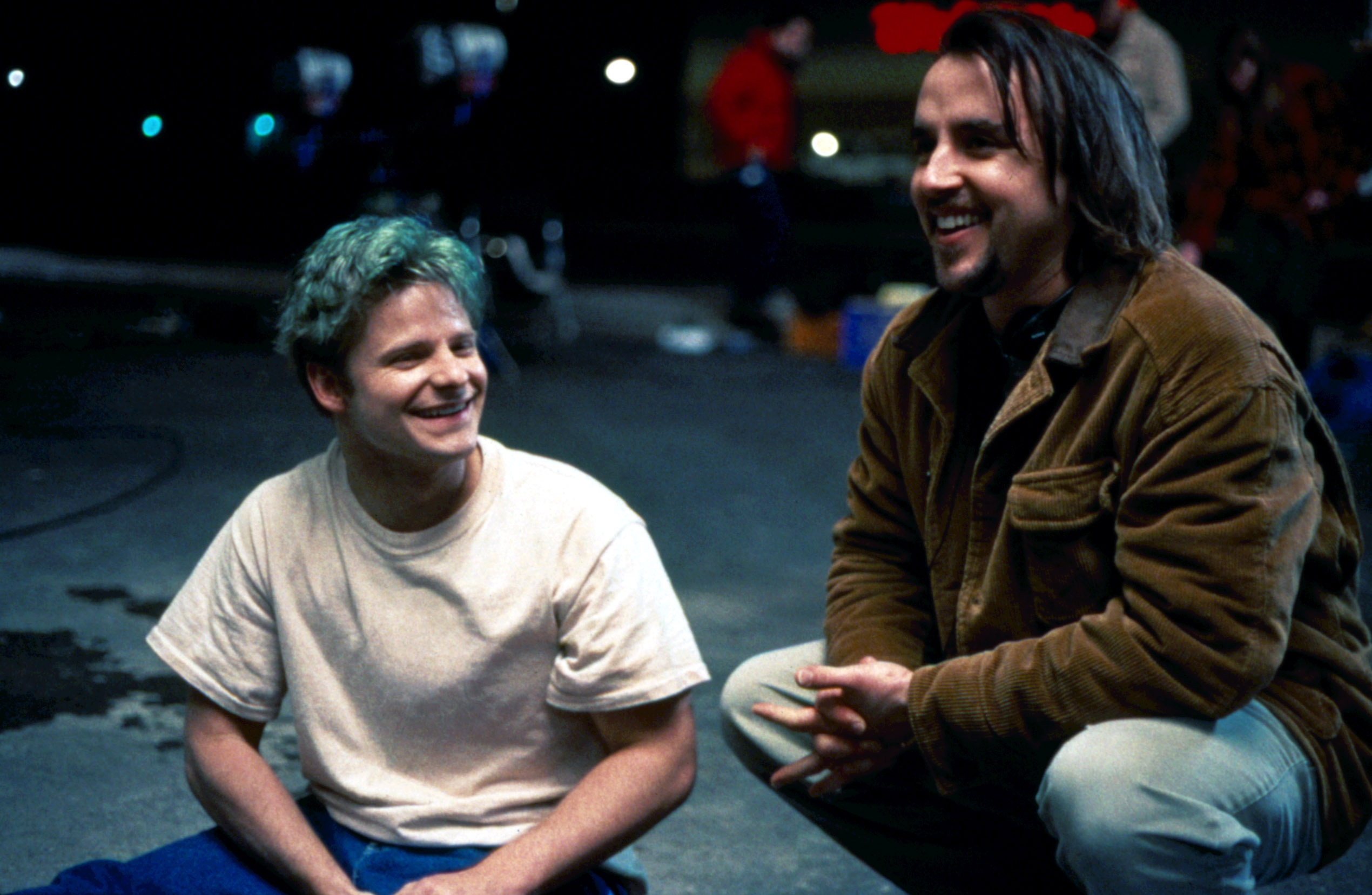ROBERT SIEGEL, HOST:
And this is the sound of the political moment we’re in.
(SOUNDBITE OF ARCHIVED RECORDING)
UNIDENTIFIED MAN #1: Wait.
UNIDENTIFIED MAN #2: Oh, boy, oh.
UNIDENTIFIED MAN #1: Oh.
UNIDENTIFIED MAN #3: Hope you’re happy, Keurig.
SIEGEL: That is from one of several videos posted on social media this weekend of people smashing Keurig coffee makers. The videos became a form of political expression after Fox News host Sean Hannity embraced the embattled Republican Senate candidate in Alabama, Roy Moore. Hannity’s support of Moore caused some companies to pull their advertising from his show, Keurig among them. NPR media correspondent David Folkenflik has been following this and joins us from our bureau in New York. David, walk us through what’s happened here.
DAVID FOLKENFLIK, BYLINE: Well, let me take you through some of this highly caffeinated ground. You’ve got Sean Hannity essentially giving not just an embrace but a bear hug to Roy Moore in the wake of this extraordinarily well-reported and sourced with, on the record, women making accusations against Moore that he initiated romantic contact, in a case – physical, sexual contact with a teenage girl, in that particular instance 14 years old.
And Sean Hannity, a law-and-order guy who’s quick to denounce Democratic figures accused of wrongdoing, has been extraordinarily cautioning and says, let’s take our time before rushing to any judgment here. Here’s an example of a cut that raised some hackles that occurred a few days ago.
(SOUNDBITE OF RADIO SHOW, “THE SEAN HANNITY SHOW”)
SEAN HANNITY: Now, there’s politics in all of this. Then you have false allegations that are made. And you know, how do you determine – it’s he said, she – what? You’re looking at me puzzled. Why are you looking at me with that look?
FOLKENFLIK: Now, given that there were four women making these accusations, you might think that he’s talking to somebody in-studio who’s going to call him on what level of proof he needs before he starts taking it seriously. In fact, that woman was among the people on his show that he had who were, if anything, more defensive of Roy Moore. Hannity has been, you know, strongly supporting of Moore even though these essentially are accusations of preying upon people considered under the law to be, at least in one case, a child.
SIEGEL: So Hannity’s statements notwithstanding, several advertisers, including Keurig, say they’re pulling back from the show. What’s happened since then?
FOLKENFLIK: Well, this has been pushed in part by this liberal watchdog group called Media Matters. And there have been a number of big-name donors and some smaller-name donors that have been pressured to drop it. Keurig was among those that online, on its social media account, said, we’re – we’ve suspended advertising; we’ve moved advertising away from Sean Hannity.
And so you saw a lot of backlash from Hannity supporters, from people who were Trump – supporters of President Trump, supporters of Roy Moore, who say, well, we’ll have nothing to do with Keurig. And you saw this organic generation of these videos to destroy the Keurig coffee machines.
SIEGEL: And what’s been the reaction from Hannity?
FOLKENFLIK: He’s been stoking it. He’s been encouraging people to go after it. I will say that the head of Keurig, the company that makes these machines, issued a statement saying, you know, we took a pause to sort of consider all the facts and learn what’s happening more. We shouldn’t have communicated that publicly. That was unfair to Sean Hannity and his supporters. We don’t like making political statements. And Hannity just this afternoon on his radio show said he accepts that apology and says to people, hey, don’t destroy your Keurigs anymore.
SIEGEL: What do you think the effect of a boycott like that one is on Fox News?
FOLKENFLIK: Well, in one sense, Fox is very well-placed to endure and weather these things. And it tends to – although it didn’t respond to requests for comment for us, it tends to sort of shift advertising spots onto other programs. And you know, that – it’s got a lot of money that it’s made, and it can go through this. On the other hand, in certain rare instances, as pressure builds, it can have effect. We don’t know what will happen here. And I suspect that Sean Hannity – as a fifth accuser came forward today against Roy Moore, Hannity will feel increasingly exposed if he continues to embrace Roy Moore.
But you saw in the past, even on very popular figures such as Bill O’Reilly earlier this year and Glenn Beck in earlier years – as advertisers peel away, as the controversy grows too hot, at times boycotts can have an effect. You’ve seen Sean Hannity get in the middle of a number of controversies over the years, this year in terms of Seth Rich conspiracy theories, in this case involving the defense of a man accused in some quarters of pedophilia. I think that, you know, we don’t know how this’ll play, but Hannity is certainly feeling some heat as this all plays out.
SIEGEL: OK. That’s NPR’s David Folkenflik in New York. David, thanks.
FOLKENFLIK: You bet.
(SOUNDBITE OF LITTLE DRAGON’S “RITUAL UNION”)
Copyright © 2017 NPR. All rights reserved. Visit our website terms of use and permissions pages at www.npr.org for further information.
NPR transcripts are created on a rush deadline by Verb8tm, Inc., an NPR contractor, and produced using a proprietary transcription process developed with NPR. This text may not be in its final form and may be updated or revised in the future. Accuracy and availability may vary. The authoritative record of NPR’s programming is the audio record.



